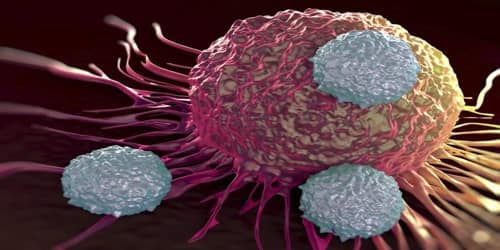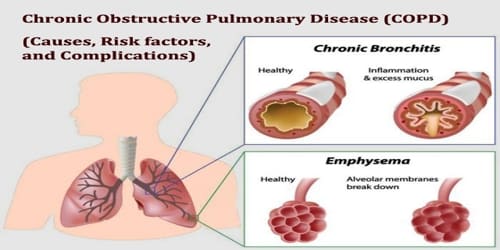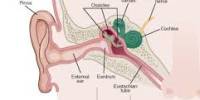Progressive Disease
Definition: Progressive disease (or progressive illness) is a disease or health condition that gets worse over time, resulting in a general decline in health or function. This may happen until death, serious debility, or organ failure occurs. Some progressive diseases can be halted and reversed by treatment. Many can be slowed by medical therapy. Some cannot be altered by current treatments.
The term progressive disorder is often used to distinguish a condition from a relapsing and remitting disorder. In a relapsing and remitting disorder, there is often a period of relief when the disease is stable for a while or is in remission. In contrast, a progressive disorder does not have these breaks.

With cancer, progressive disease is defined as at least a 20 percent growth in the size of the tumor or spread of the tumor since the beginning of treatment. In other words, if the size of a tumor is 20 percent larger on a scan it would be called progressive disease.
Though the time distinctions are imprecise, diseases can be rapidly progressive (typically days to weeks) or slowly progressive (months to years). Virtually all slowly progressive diseases are also chronic diseases in terms of time course; many of these are also referred to as degenerative diseases. Not all chronic diseases are progressive: a chronic, non-progressive disease may be referred to as a static condition.
Depending on the diagnosis, a progressive may move quickly or very slowly.
Types and Examples of Progressive disease: It’s easier to describe exactly what a progressive disorder is by giving some examples for people to visualize. The doctor may use the term progressive disease as an indicator of when to choose a new treatment. For example, it may be time to switch to a second-line treatment instead of continuing the first-line treatment. The term may also be used as part of a clinical trial to indicate an inadequate or poor response to an experimental treatment.
Here are explaining a few progressive disorders with a list of more to follow.
- Parkinson’s Disease: Parkinson’s Disease is a nervous system disorder that affects movement in the body. One of the noticeable symptoms of this disease is tremors in the hands. Other symptoms can include stiffness, slowing of movement, slurred speech, little facial expression and less motion in the arms when walking. Although there is no cure for Parkinson’s disease, there are several medications that can slow the progression of the disease.
- Osteoarthritis: Osteoarthritis is a degenerative joint disease causing continual joint wear and tear. Symptoms of osteoarthritis include joint stiffness and pain. Osteoarthritis is often treated with weight management support, pain relief medications and in severe conditions, surgery such as joint replacements.
- Trigeminal Neuralgia (TN): Trigeminal Neuralgia (TN) is a form of chronic neuropathic pain that is often associated with nerve injury or a lesion on the nerve. Symptoms include sudden burning or stabbing facial pain that can last up to two minutes each time it’s experienced. TN is treated with various medications and surgery, along with alternative therapies that include yoga and meditation.
- Chronic Pancreatitis: Chronic Pancreatitis is a progressive disorder that is most common in men in their 30s and 40s and can be caused by excessive alcohol use, cystic fibrosis or genetics. Symptoms of the disease include upper abdominal pain, weight loss, and diarrhea. The disease is often treated with nutritional support and different types of pain management therapies.
Other examples of progressive disorders include:
- Alzheimer’s disease
- COPD
- Muscular dystrophy
- Cystic fibrosis
- Huntington’s disease
- Amyotrophic lateral sclerosis (Lou Gehrig’s disease)
- Scleroderma
There are examples of slowly and rapidly progressive diseases affecting all organ systems and parts of the body. The following are some examples of rapidly and slowly progressive diseases affecting various organ systems:
- Brain
- Eyes
- Lungs
- Kidneys
- Pancreas
- Joints
- Nerves
For the more common progressive disorders, people may have a support group in their community. If people have a progressive condition which is less common, they may wish to find an online community.
Information Source:
















